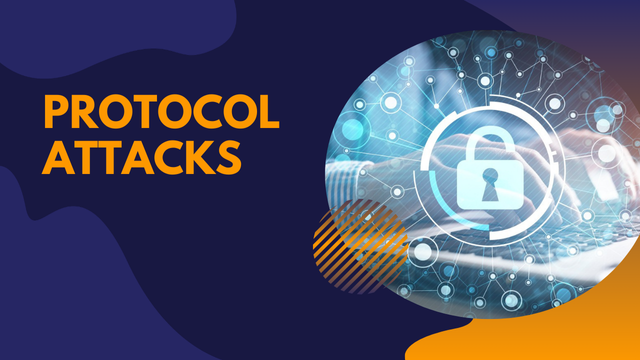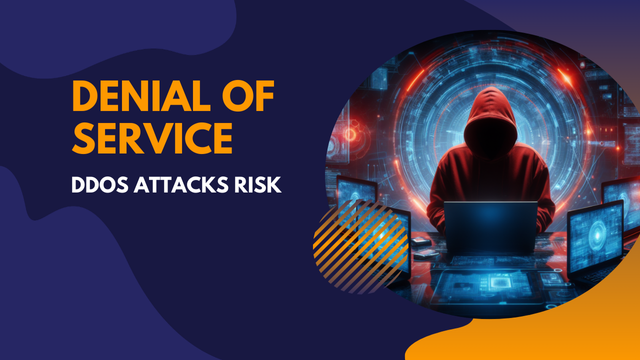Distributed Denial of Service (DDoS) Attacks: Doing a Risk
Analysis and Minimising the Risk Like malware attacks, Distributed Denial of Service (DDoS) attacks are one among the threat realities of the new age digital world affecting organizations, governments and individuals. These attacks deny normal usage of the targeted networks, services or servers by inundating them with invalid traffic. Knowledge of the functioning, effects and prevention principles of DDoS attacks is crucial to build sturdy protection systems.
What is a DDoS Attack
A DDoS attack is an intentionally productive attempt to block access to a specific network, service or a website for its prospective users. Unlike normal Denial of Service Attack where the attacker has one source, Distributed Denial of Service Attack has many sources and hence makes the attack to be more giant and difficult to protect against. These sources contain infected devices, all combined into what is called a botnet. Malware is used by attackers on these devices making them agents on the side of the attacker.
How DDoS Attacks Work Botnet Creation
First, the attacker compromises a wide range of gadgets, such as computers, routers or IoT devices with a malicious code. All the affected devices create a network known as a botnet.
1.Attack Launch:
The attacker makes the botnet send requests of very high traffic to the target. Such requests may be conducted through HTTP traffic or by pinging or through other protocols.
2.Overload and Disruption:
The type of traffic is far too much for the target to handle in terms of bandwidth, server availability or processing power. Inability to use the service is another cost these attackers impose on the real users of authenticated service, with a result of denial of service.
Types of DDoS Attacks
DDoS attacks can be classified based on the layer of the OSI (Open Systems Interconnection) model they target:
1.Volumetric Attacks:
These intend to use up the targeted bandwidth. Some of the examples are, UDP floods and amplification attacks such as DNS amplification.

2.Protocol Attacks
This kind of attack targets some weakness in the network protocol that are made to drain the resources of the server. This includes the SYN flood attack and a fragmentation of a packet attack.
3.Application Layer Attacks
These work based on emulating lawful traffic for specific services or applications. Some of these are identified as http floods and slowloris attacks.
Effects of DDoS Attacks
The effects of a successful DDoS attack can be severe:
1.Financial Loss
Conducting a DDoS attack that results in some level of downtime is a big problem if the business relies heavily on the internet to make its sales.
2.Reputational Damage
Long term ability shutdown can also harm the customer trust and reputation for the organization.
3.Operational Disruption
Basic human needs or critical systems and services could be rendered unavailable maiming the regular operations of a business.
4.Legal and Compliance Issues
If the attack discovers the customer data or breaches regulatory rules then the organization will be held responsible.
Mitigation Strategies
Effective DDoS mitigation requires a multi-layered approach:
Robust Infrastructure: Social media groups in organizations should adopt large and multitier systems that are capable of handling large traffic without degrading functionality. Traffic Filtering: Why it is used? Firewalls, IDS, and IPS effectively act in filtering out malicious traffic from targeting its niche. Rate Limiting: Time limit of the request helps to avoid using all available requests and calls in a short time. Content Delivery Networks (CDNs): CDNs spread traffic across many servers thus there will not be massive access through a single server. DDoS Protection Services: First-tier mitigation services are available from suppliers like Cloudflare, Akamai, and AWS Shield, which provide solutions to match the organization’s requirements. Regular Updates and Patching: It reduces exposure to such attacks because all systems and applications need to be updated to the latest to meet the new standard.
Current Innovations and Issues
The advancement in technology is an added factor which has given new dimensions to DDoS attacks, as a result of advancement in technology. With the growing numbers of IoT devices in the attack surface area is vast, as many of these devices are not well secured. Furthermore, AI is also being used by attackers in order to launch even more effective and complex attacks. However, AI and machine learning themselves are very much involved in the defense side and identify more quickly and effectively the anomalous traffic patterns. This explains why independent efforts by single governments or organizations and information technology specialists are insufficient to design and deploy suitable counter-measures.
Conclusion
DDoS attacks are still a current issue and constantly develop into something new. As such, attackers are not limited in terms of resource as they devise more toward attacking organizations’ networks and services. AE BY reviewing the characteristics of DDoS attacks and developing adequate prevention measures, the threats are mitigated, and necessary web resources are available to users. This fight against DDoS attacks continues an incessant tension, with constant risks of an invasion in our interconnected world, and only a continuous strengthening of protective measures and careful cooperation.
ALSO READ THIS: Shadcn UI: A Customizable Component Library for Modern Web Apps
Shadcn UI: A Customizable Component Library for Modern Web Apps

